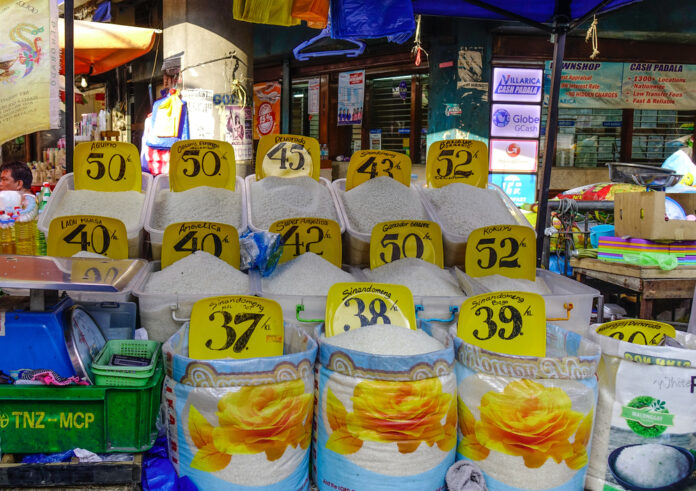Is P20 per kilo rice just a dream? A campaign promise meant more to win votes than actually deliver affordable food on every Filipino table?
Data presented by the Philippine Rice Research Institute (PhilRice) to the House of Representatives’ committee on agriculture which is reviewing the effect of the Rice Tariffication Law for possible amendments, showed such a price is within reach if funding provided by the RTL’s Rice Competitiveness Enhancement Fund is extended until 2030.
RCEF, also known as Rice Fund, allots billions of pesos in tariff collected from imported rice for the modernization of the rice industry, increase domestic output of the national food staple and improve the lives of millions of impoverished farmers. The six-year period for collecting tariff for the Rice Fund ends this year.
PhilRice Deputy Executive Director for Special Concerns Flordeliza Bordey said the implementation of initiatives under the Rice Fund the last five years has increased rice yield significantly and reduced the cost of producing a kilo of palay.
She pointed out the average rice output per hectare increased from 3.63 metric tons in 2019 to 4.36 metric tons in 2023 during the dry season and to 4.03 metric tons from 3.69 metric tons during the wet season over the same period.
Under the RTL, the goal is to hit a national yield of 5 metric tons a hectare from less than 4 metric tons in 2019.
Bordey said some areas in the country have achieved the target yield while those areas that yield lower than 4 metric tons are far fewer than was counted five years ago.
Production cost, Bordey said, has also gone down to P13.64 a kilogram in 2023 from P15.24 a kilo in 2019 during the dry season and to P14.92 per kilo from P15.34 a kilo over the same period.
“We have shown that over the past nine (planting) seasons that if farmers use the technologies we have introduced, more than five tons per hectare could be produced at a cost of around P10 per kilo gram,” he said.
With a recovery rate of 65 percent, every six kilos of palay could potentially produce almost four kilos of rice.
The Department of Agriculture also looks to improve post-harvest facilities to reduce wastage that account for up to 15 percent of palay harvest.







